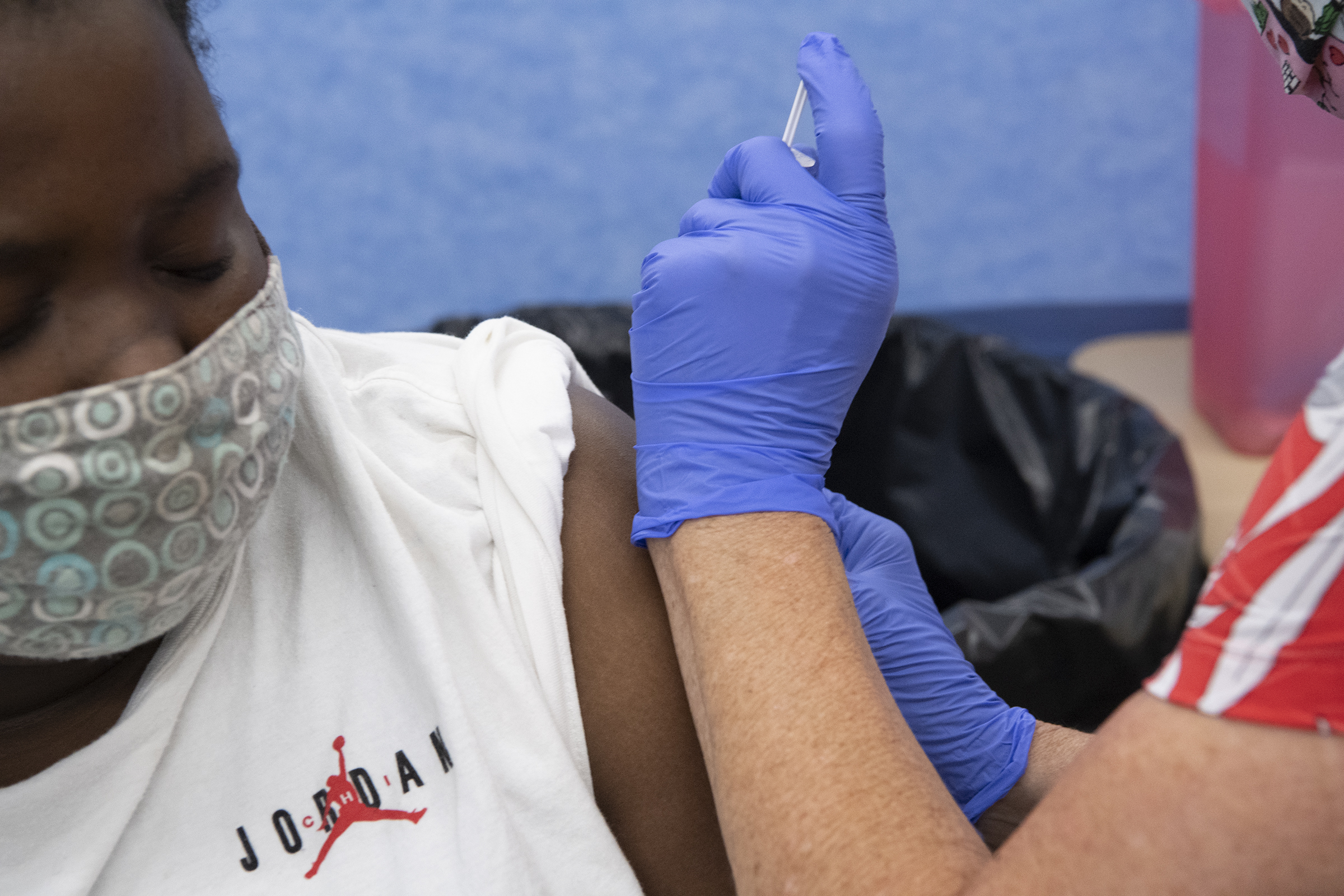
On Dec. 20, 2022, the Fresno Bee reported on the status of hospital beds during the current surge of Covid-19, influenza, RSV and other respiratory infections. As of Dec. 20, Fresno County hospital bed occupancy was at 100% bed capacity.
Dr. Rais Vohra, Fresno County’s interim health officer, said, “We’ve got the playbook; we just need to put the playbook into action.” The problem is the lack of leadership by the Fresno County Board of Supervisors (BOS). They refuse to utilize the playbook.
The California State Constitution authorizes the county BOS to provide countywide public health services. The Fresno County BOS has indicated that it does not believe in the science regarding SARS-CoV-2 (the virus that causes Covid-19). The supervisors do not believe in the benefits of masks, vaccinations or social distancing.
The BOS has repeatedly failed to provide the needed leadership to help the residents of Fresno County slow the spread of Covid-19 in our communities.
One example is that after three years of the epidemic, Fresno County still does not have a permanent health officer. Another is their refusal to enthusiastically encourage people to use masks, get vaccinated, to socially distance themselves from one another or to take any action to prevent the spread of disease.
Fresno County residents need to understand that no help will be forthcoming from the BOS in terms of increasing community vaccinations, increasing hospital beds, increasing physician staffing, increasing mask use or limiting public or private crowded indoor situations. We should also not expect help to be forthcoming from overextended state and national agencies.
Given that we cannot expect an increase in needed resources, the only thing residents of Fresno can do is decrease the demand for our current limited resources. After almost three years of dealing with Covid-19, we have learned much about the virus:
- We know that people are infected with SARS-CoV-2 through exposure to respiratory fluids carrying the infectious virus. The three main ways it spreads are as follows:
a) Inhalation of very fine respiratory droplets and aerosol particles (aerosol) (most common).
b) Deposition of larger respiratory droplets and particles on exposed mucous membranes in the mouth, nose or eye (direct droplet “splashes and sprays” sometimes).
c) Touching mucous membranes with hands that have been soiled either directly by virus-containing respiratory fluids or indirectly by touching surfaces with the virus on them (rarely).
- We know that about 1% of people who get the virus will die from the viral infection. Deaths will be mainly among the elderly (even if vaccinated), the immunocompromised, the unvaccinated (especially the elderly) and those who are unable to access medical care (poor people, Black and Brown residents and undocumented residents).
- We know that children get the infection at a higher rate than adults and spread the infection to adults, but children rarely become seriously ill or die from the infection.
- We know that many people (possibly 40%) with the Covid-19 infection might be asymptomatic, yet are still able to spread the infection.
- We know that the original vaccines provided protection against the original strain of the coronavirus. Since then, the virus has mutated several times. Scientists developed boosters that have been effective against the omicron variant and other newer subvariants. The current bivalent booster is effective but underutilized by the general population.
- We know that people can get Covid-19 more than once. Immunity wanes after a native infection and after vaccinations. And surprisingly, the presence of antibodies does not equate with immunity.
- At the start of the Covid pandemic, many epidemiologists thought herd immunity could be achieved if 60%–70% of the population was immune. Experts now think herd immunity might not occur until 85%–90% of the population is immune.
- Not enough people are getting booster shots to slow the spread of the disease. In Fresno County, only about 13% of eligible residents have gotten the bivalent booster (basically everyone older than six months of age). The bivalent booster protects against “classic” Covid-19, delta and the newer omicron variants.
What Can Fresno County Residents Do?
Over the past three years, we have learned how to mitigate the impact of Covid-19. The following recommendations, based on current science from the Centers for Disease Control and the Food and Drug Administration, are proven to decrease the spread of Covid-19, decrease the chance of getting Covid-19, decrease the chance of dying from Covid-19 and can increase available hospital beds.
- Get your bivalent booster and encourage family and friends to get their booster shots, too.
- Wear a mask, which will decrease the risk of getting or transmitting Covid-19, influenza, RSV and other respiratory viruses.
- Avoid poorly ventilated, crowded, indoor spaces.
- Wash your hands frequently.
- Get tested if you have symptoms or have been exposed to someone with Covid-19. If the test result is positive, isolate yourself from others and notify any close contacts.
- Try to maintain physical distancing of at least six feet.
- Good luck to all.
*****
James Mendez came to Fresno in 1977 for his medical residency training at what was then called the Valley Medical Center. He stayed to practice medicine and raise a family. He is now a retired physician and a community activist.
References:
